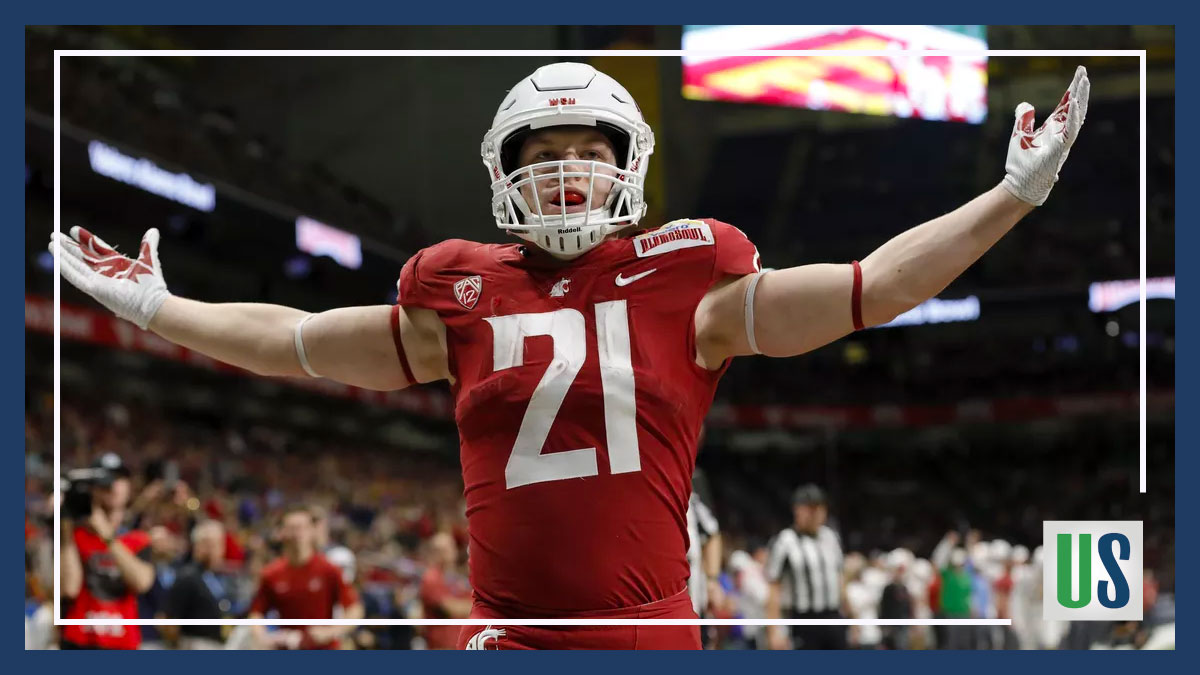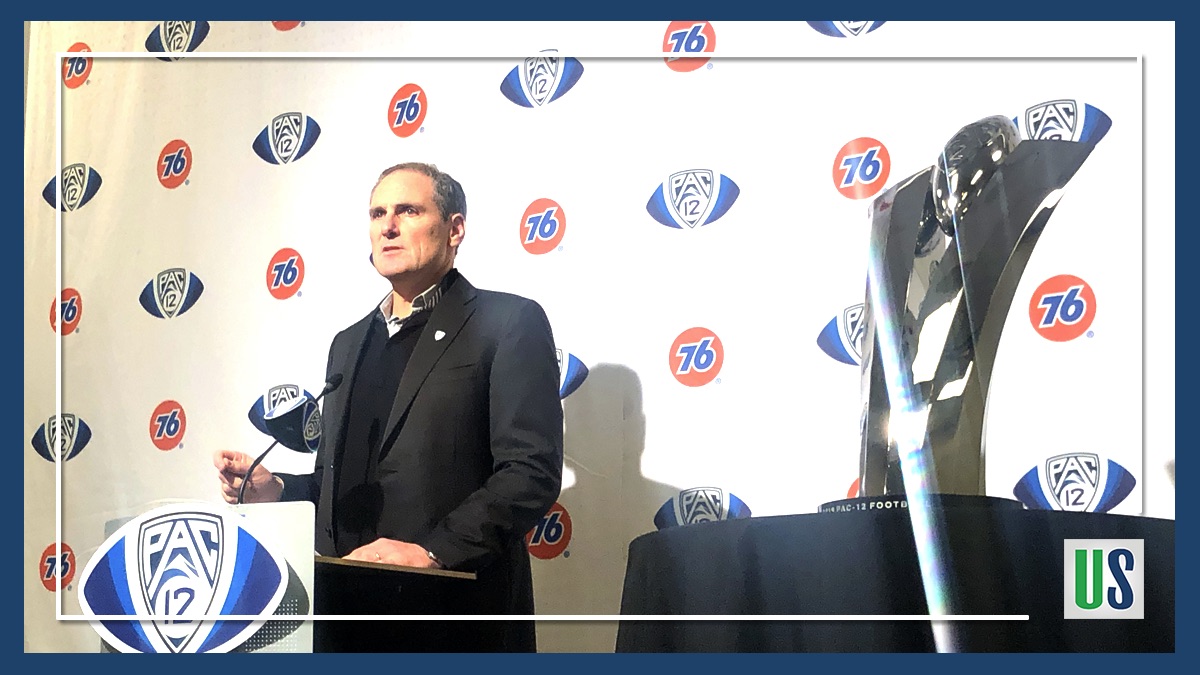Pac-12 Football is Hot as Ever

Week 3 was great, but Week 4 of Pac-12 football was unbelievable. There were a plethora of upsets, heartbreaks and big-time players. Which offensive players made the biggest differences this week?
Best Quarterback Performance
Anthony Gordon – Washington State
Anthony Gordon melted faces in Washington State’s loss to UCLA. That earned him a repeat on this best of Pac-12 football list.
Somehow, even though Gordon threw nine, yes nine, touch down passes, Washington State lost. It’s incredible how good Anthony Gordon continues to be, but he’s anchored by WSU’s dreadful defense.
Yes, Washington State blew a 49-17 lead. But, was that Gordon’s fault? Here are the results of each Washington State drive in the second half:
- Anthony Gordon touchdown pass
- Anthony Gordon touchdown pass
- Anthony Gordon completes pass to Rodrick Fisher, then Fisher loses fumble
- Punt
- Anthony Gordon completes pass to Dezmon Patmon, then Patmon loses fumble
- Anthony Gordon touchdown pass
- Punt
- Anthony Gordon touchdown pass
- Anthony Gordon completes pass to Eason Winston Jr., then Winston Jr. loses fumble
- Anthony Gordon sacked and loses fumble
Honestly, Gordon’s second half was still ridiculous. He still threw four touchdowns, but he was hampered by three of his players. Fisher, Patmon and Winston Jr. lost the ball and stopped the drives. Looking back at this game, people will inevitably remember Gordon as a loser. But, Anthony Gordon just gave Pac-12 football a performance of a lifetime.
Best Running Back Performance
Max Borghi – Washington State
Electric. Mex Borghi continues to impress with his versatility. As a runner, he’s capable of breaking 50-plus runs at any time. But, Borghi also adds a large threat as a receiver, evidenced by his 65-yard touchdown against UCLA.
This season, Borghi has 325 rushing yards, 4 rushing touchdowns, 13 receptions, 169 receiving yards and 2 receiving touchdowns. He’s the type of pass-catching running back the NFL craves.
Best Wide Receiver Performance
Tony Brown – Colorado
In Colorado’s victory (yet another Pac-12 football upset), Tony Brown accounted for three of their four touchdowns. He caught touchdown passes of 29-yards, 31-yards and 20-yards. His touchdowns were each unique and displayed a well-rounded skill-set:
- Scramble-Drill and YAC
- Diving Catch in End Zone
- Contested Catch in End Zone
Best of all, this game was out of nowhere for Tony Brown. Currently, his career high in receiving yards is 333 yards in one season. Against Arizona State, he had 150 yards. Prior to this game, he totaled three receiving touchdowns. In his career! During this game, he had three. It was unbelievable. Laviska Shenault Jr. was out and Tony Brown had the best game of his career. What a story for Pac-12 football fans!
Best Tight End Performance
Jake Tonges – Cal
As easy as it would be to give this award to Jacob Breeland again, it goes to Jake Tonges. Yes, Breeland is certainly deserving with his two-touchdown performance. But, it was against freefalling Stanford. Tonges, on the other hand, made the difference against Ole Miss. With this performance, he helped Pac-12 football earn more respect.
Against Ole Miss, Tonges made all his money in the second half. His receptions were more than just the box-score shows. Here are the results of his three receptions:
- On 3rd & 14, Tongues makes a 15-yard catch for a first downTwo plays later, Cal scores a touchdown
- Tongues catches a 60-yard touchdown pass
- Tongues catches a 13 yard pass, resulting in a first down
Who are the Best Pac-12 football players?
If you disagree with this list, send in your own recommendations. Each week, Unafraidshow will rank the best quarterback, running back, wide receiver and tight end performances from Pac-12 football. Be sure to comment or tweet at unafraidshow with your favorite moments of each Pac-12 football week.



